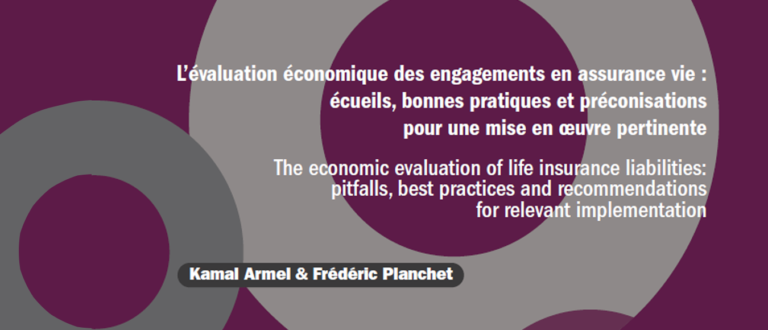Life insurance, particularly euro-denominated guaranteed-capital investments, is still the preferred French investment, with outstandings of 1,785 billion euros (at the end of November 2020), i.e. nearly 75% of national GDP. However, savers invested less money in life insurance in 2020 than in previous years. It must also be noted that the crisis and the many uncertainties regarding the future caused by the Covid-19 pandemic have changed households’ behavior, which have favored precautionary savings such as “Livret A” savings accounts and checking accounts that can be accessed immediately in case of need.
To make matters worse, the sector’s players have had to deal with several issues for several years now in the context of low or even negative interest rates, which are not sufficiently taken into account in their modeling. This market environment, atypical in theory but very real in practice, affects not only the returns paid to savers, but also the margins of life insurers, who are also faced with regulatory and technical constraints (such as the Solvency 2 directive). The latter imposes, in particular, the economic evaluation of life insurers’ commitments, namely the quantification of financial elements included in their liabilities (in other words, the money of savers that they are likely to withdraw at a given time). However, industry practices do not seem to be sufficiently adapted to the low interest rate environment.
To address these many challenges, actuaries must therefore be extra cautious in their sensitive risk modeling of life insurance policies. This new issue of the Opinions & Debates collection, written by Kamal Armel and Frédéric Planchet, renowned researchers in the field of actuarial science, explores the technical and practical aspects of the existing valuation approach used in the sector, while making recommendations to improve it, thereby enabling more appropriate risk management of life insurance contracts.
Enjoy you reading!
Jean-Michel Beacco, Delegate General of the Institut Louis Bachelier
Get the English Version on page 53

